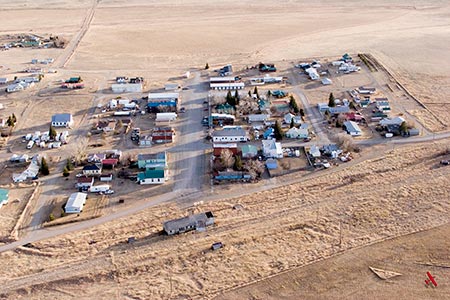-

Nearly half of rural communities have grown so much since the 1970s they are now classified as “urban.” Those that remain are diverse, but often have more specialized economies. Read more
-

Where rural recreation counties rely on public funding for health care, fiscal solutions should diversify the ways local governments can save and spend. Read more
-

Nearly one in five U.S. counties has a higher-than-average share of seniors and no hospital beds. Read more
-

View a presentation given at the Our America’s Rural Opportunity forum about the context of public lands and the rural west. Read more
-

Rural and isolated communities face wrenching economic and demographic transitions. A solution to uncertainty is to focus on resilience. Read more
-

Investing in outdoor recreation is one of several strategies that can help rural communities thrive in a changing economy. Read more
-

Non-labor income sources such as investments, Social Security, Medicare, and Medicaid often are the largest and fastest growing sources of personal income for many counties. Rural counties especially are surprisingly dependent on non-labor income. Read more